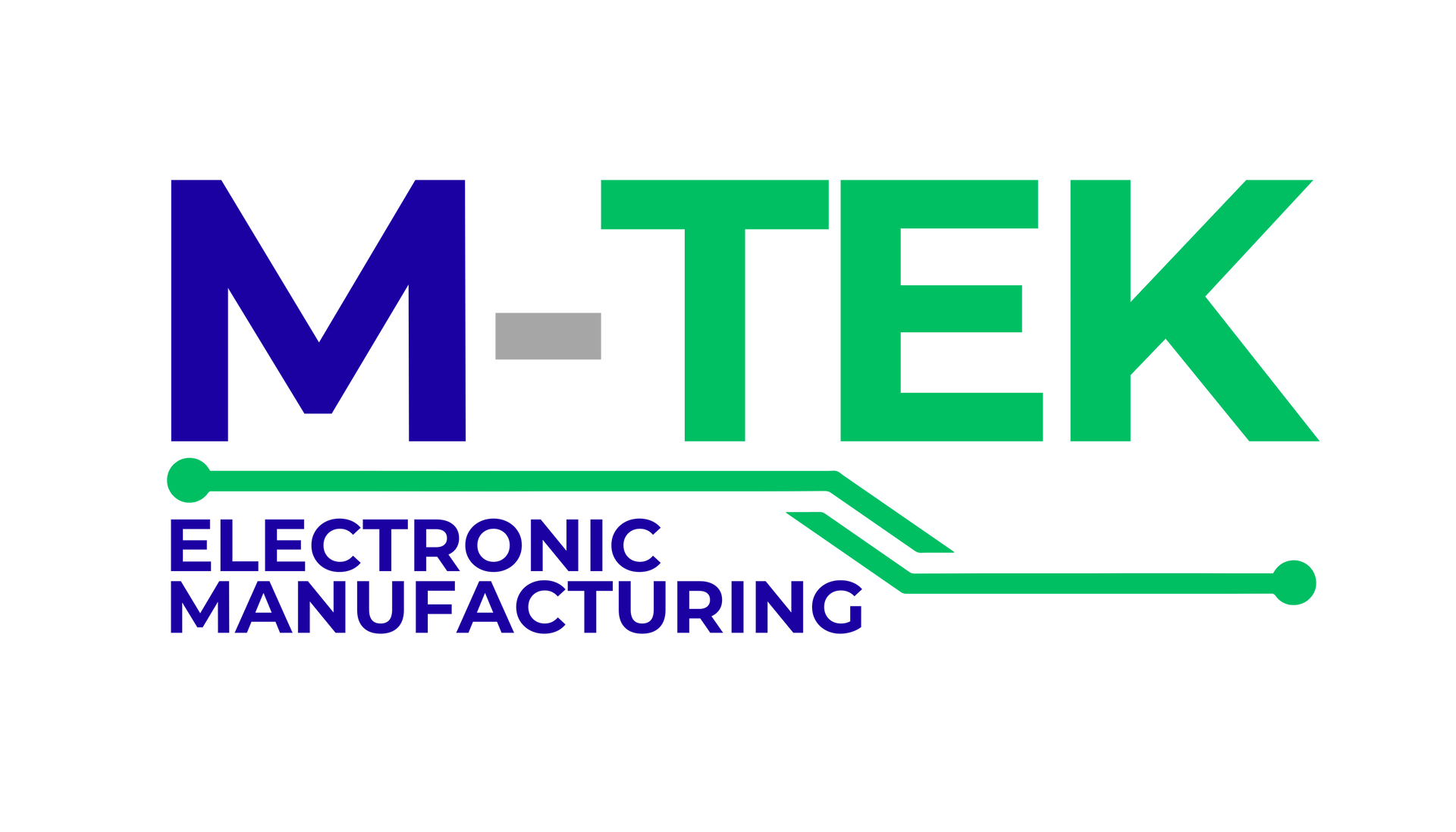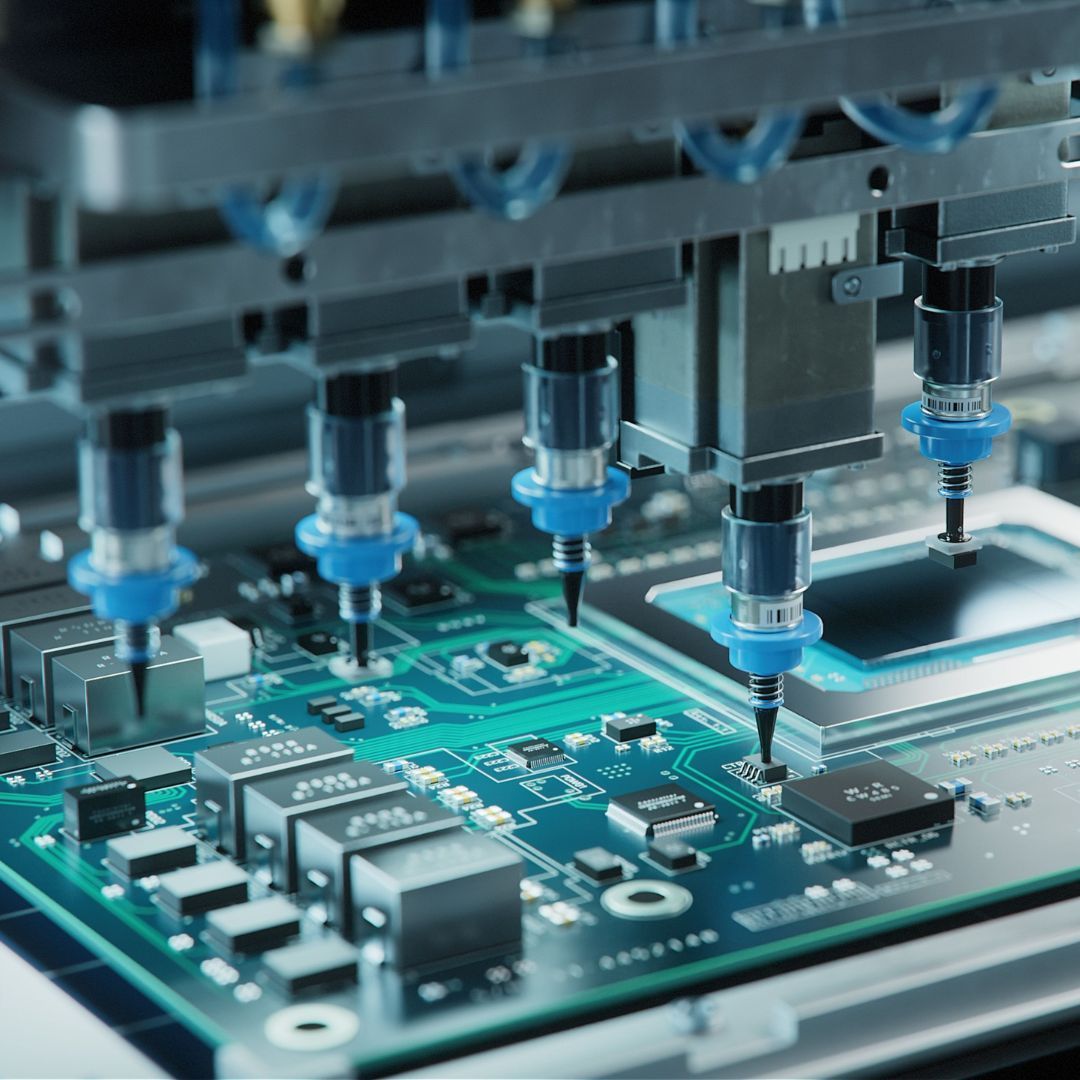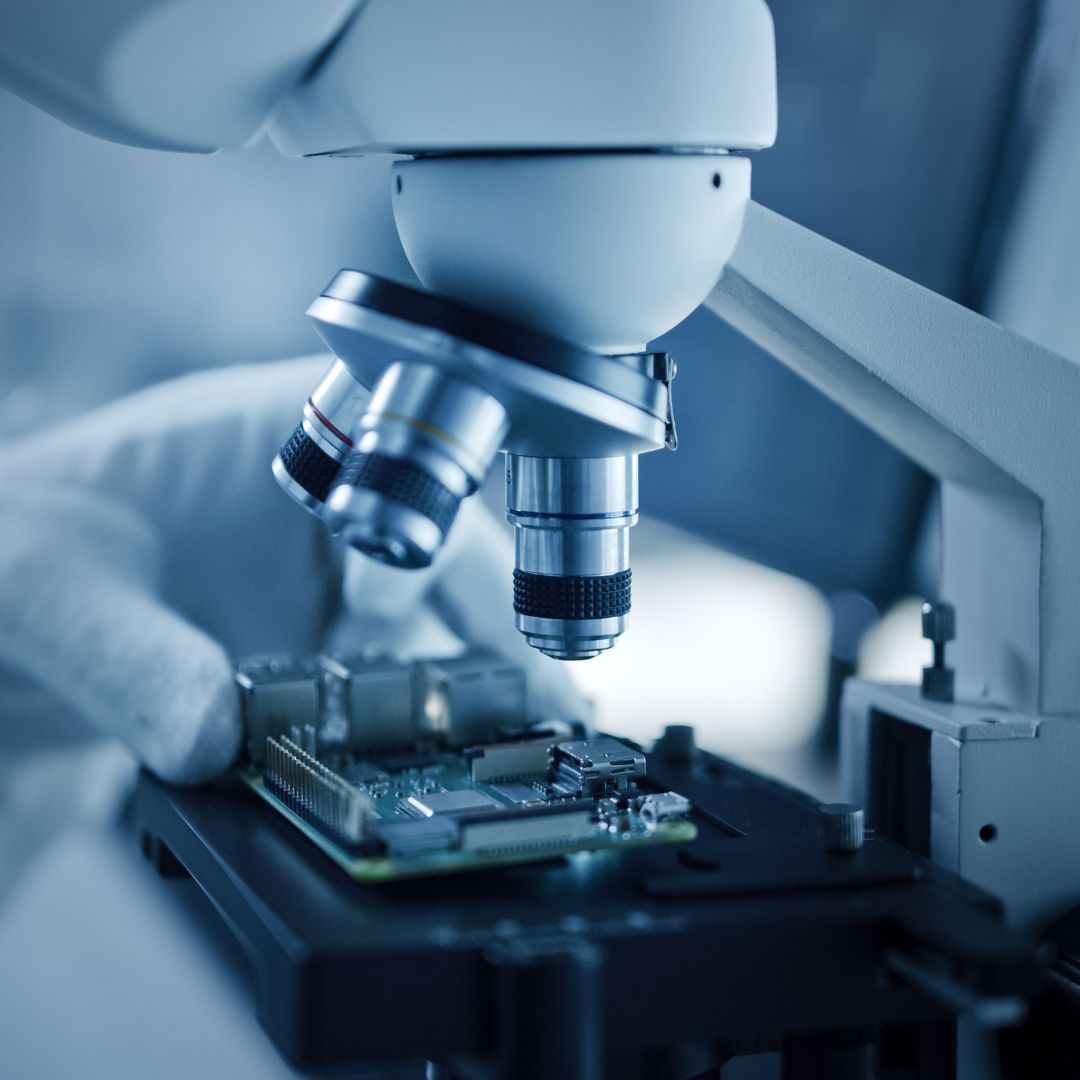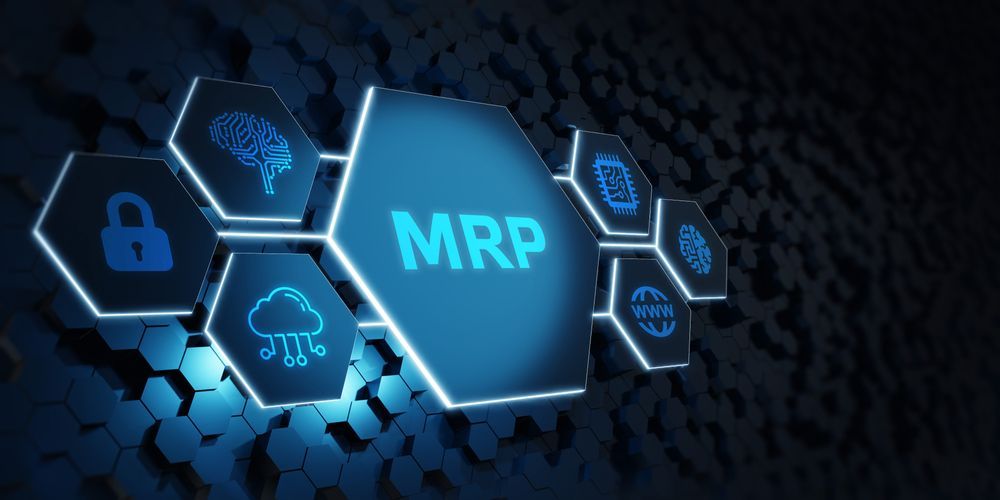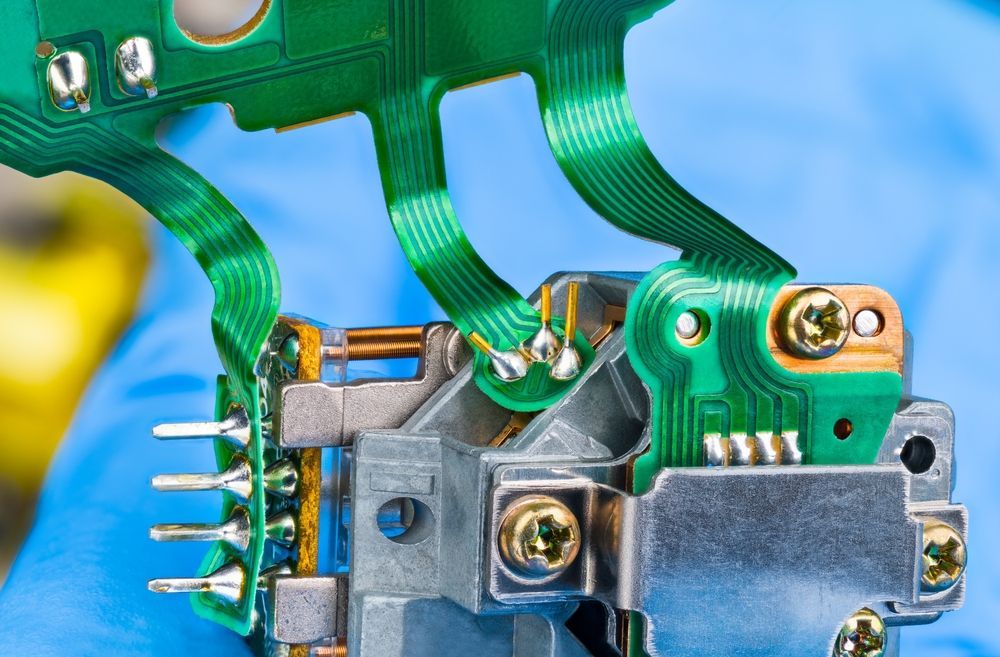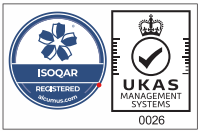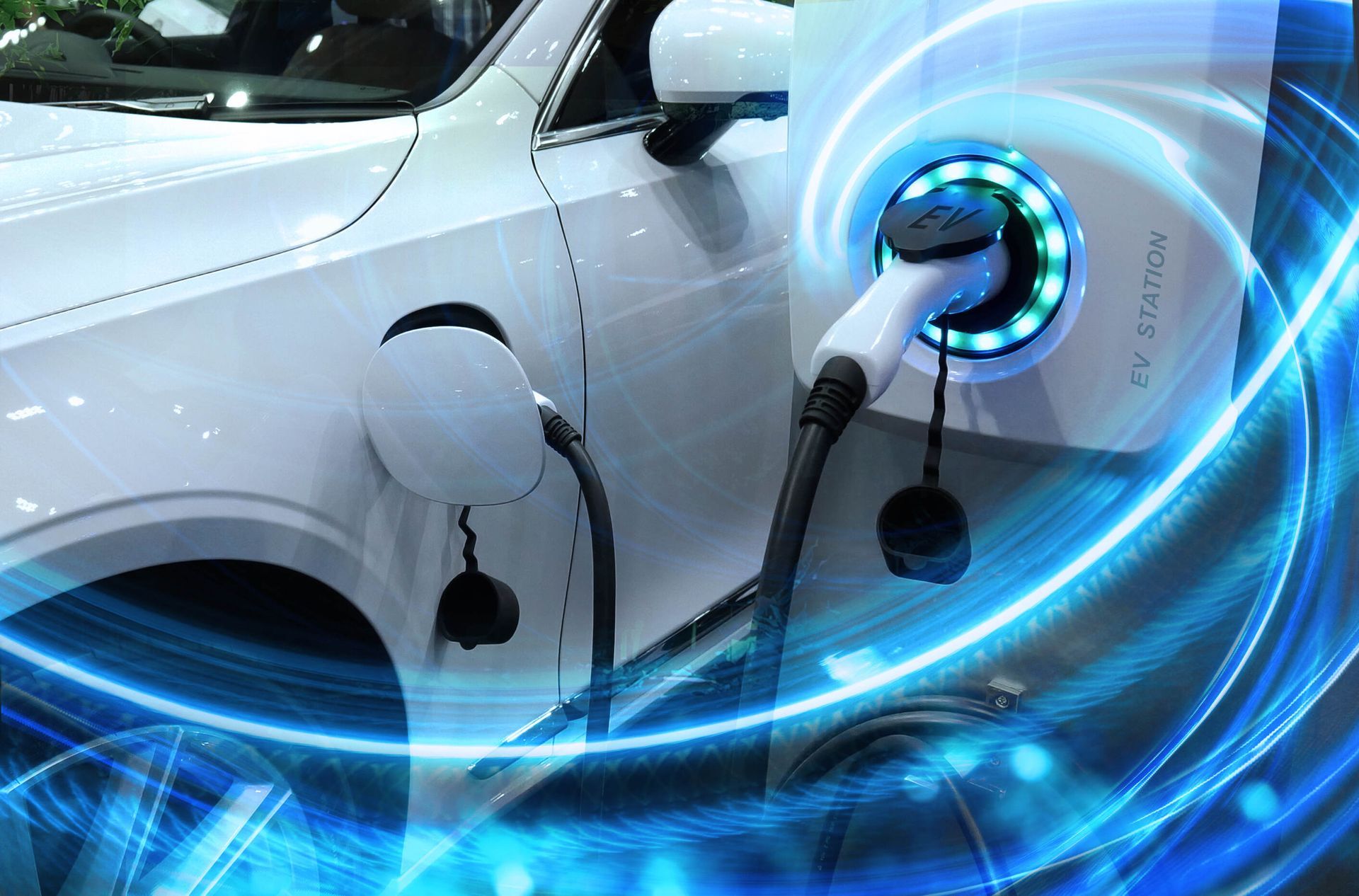
Electric cars have come a long way since their inception. They are now more efficient, reliable, and affordable than ever before. One of the key components that make electric cars possible is the printed circuit board (PCB). In this article, we will explore how PCBs work in electric vehicles and their importance in the overall functioning of electric cars.
What is a PCB?
A PCB is a board made of insulating material, such as fibreglass or plastic, with conductive pathways etched onto it. The conductive pathways are made of copper, which is used to connect various components on the board. The purpose of a PCB is to provide a surface for mounting and interconnecting electronic components.
How are PCBs used in Electric Vehicles?
PCBs are critical components in electric vehicles since they serve as the electrical system's backbone. These connect the vehicle's numerous electrical components, including the battery, motor controller, and charging system. PCBs are also utilised in vehicle dashboards to operate various systems such as air conditioning and infotainment systems.
The Benefits of Using PCBs in Electric Vehicles
There are several benefits to using PCBs in electric vehicles:
- PCBs are lightweight and compact, making them ideal for use in electric cars, where space is limited.
- They are more reliable than traditional wiring, as they are less prone to damage and corrosion.
- PCBs are also more efficient than traditional wiring, as they allow for faster and more precise control of the car's electrical systems.
The PCB Manufacturing Process
The manufacturing process for PCBs is complex and involves several steps:
- Design: The first step is to design the PCB, which involves laying out the circuitry and determining the placement of the components on the board.
- Printing: Once the design is complete, the circuitry is printed onto the board using a special printer that uses a process called photolithography.
- Etching: The board is then etched, which involves removing the unwanted copper from the board using a chemical solution.
- Drilling: Holes are drilled into the board to allow for the placement of the components.
- Plating: The holes are then plated with copper to provide a connection between the different layers of the board.
- Soldering: The components are then soldered onto the board, which involves melting a special metal alloy onto the copper pads on the board to create a permanent connection.
The Future of PCBs in Electric Vehicles
PCBs have a promising future in electric vehicles. As electric vehicles become more popular, the demand for PCBs will rise. This will spur industrial innovation, resulting in the development of new materials and manufacturing techniques more suited for use in electric vehicles. As a result, shortly, we can expect to see even more advanced and efficient electric vehicles.
Conclusion
PCBs are an essential component of electric vehicles, supplying the necessary connections between the vehicle's different electrical components. Because they are lighter, smaller, and more reliable than traditional wiring, they are excellent for use in electric vehicles. The manufacturing process for PCBs is difficult, but with technological improvements, we can expect even more advanced PCBs in the future. As electric vehicles become popular, the relevance of PCBs in the automobile sector will only expand.
By choosing M-Tek for your
electric vehicle PCB assembly, you will also be doing your part to save the planet. We have achieved a net-zero carbon footprint from our use of electric vehicles, and for every circuit board we build, we plant a tree! Get in touch with one of our experts for help with your SMT and PCB assembly today. Call us on 01189 455377, or follow us on
Twitter to stay up to date with our services.
